In uncertain times, some places stand out as better choices for riding out major disruptions. These 9 U.S. locations preppers say are smart picks for a collapse combine practical resources, strategic geography, and the potential for long-term resilience. Whether it’s access to fresh water, fertile land, or lower population density, these factors can make all the difference when systems break down.
With these locations, preparation meets practicality. Each one has characteristics that make it easier to adapt, survive, and even thrive if daily life is disrupted. From remote mountain towns to regions rich in natural resources, the right spot could mean a safer and more sustainable future. Explore the list and decide which destination might be the smartest choice for your own contingency plan.

The Kenai Peninsula, Alaska
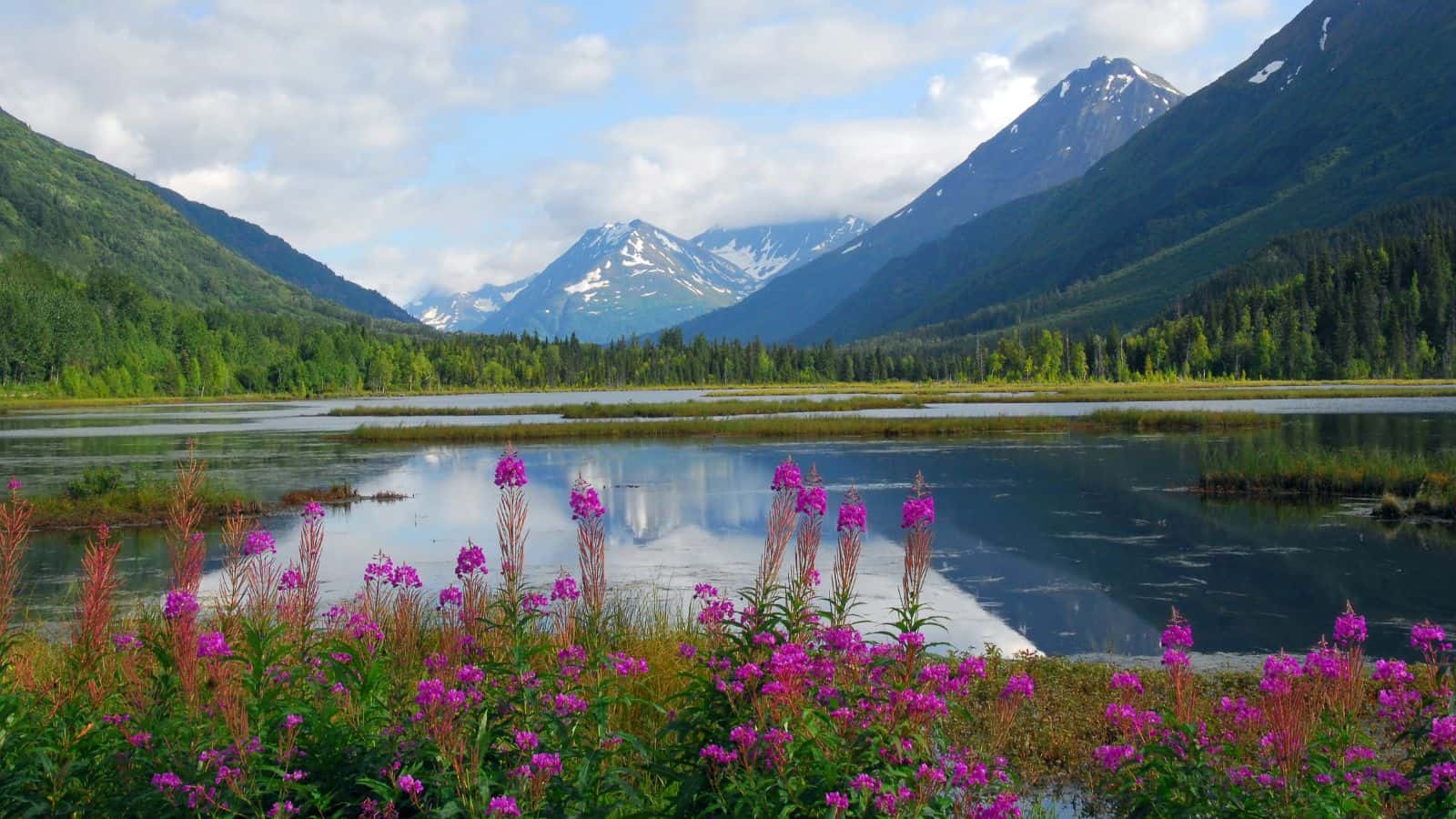
South of Anchorage, the Kenai Peninsula is cold for much of the year, but it’s unmatched for its access to fish, game, clean rivers, and vast forests. It remains home to people who still live off the land, heating cabins with firewood and stocking food through hunting, fishing, and seasonal gardening. While remote, it’s not completely cut off, offering occasional access to tools or fuel when needed. Rich salmon streams, moose, and bear habitat make it abundant for those skilled in hunting, trapping, and building. Rugged yet resource-rich, the Kenai rewards those who can match its demands.
The Bitterroot Valley, Montana
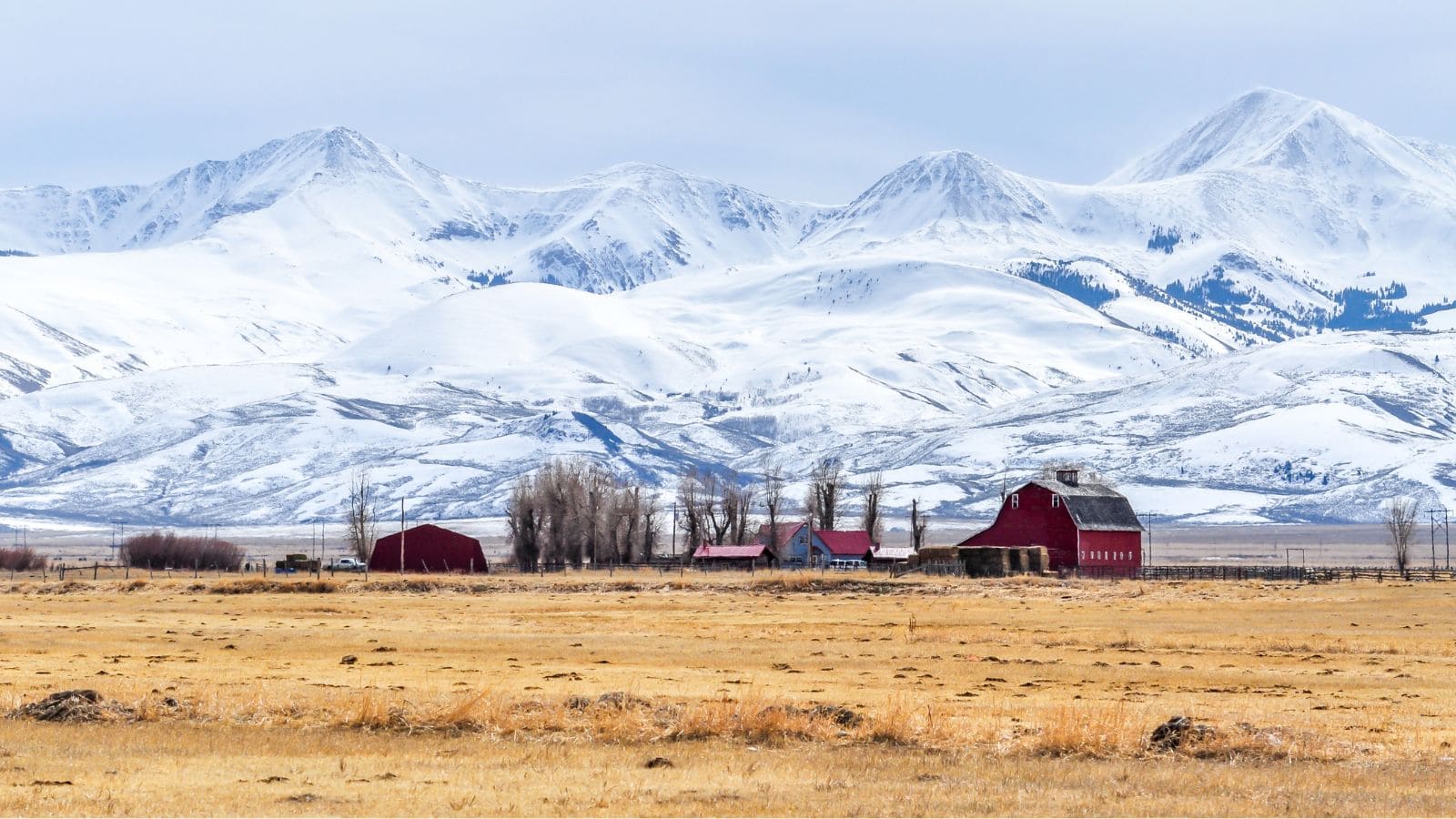
Framed by mountain ranges in western Montana, the Bitterroot Valley offers natural shelter and strong agricultural footing. Water from the Bitterroot River, ample sun for crops, and defensible terrain make it ideal for self-reliance. Ranchers, homesteaders, and back-to-the-land families already work the land here, raising animals and crops while preparing for long winters. Its small towns are tight communities accustomed to seasonal challenges, making cooperation part of the survival fabric. If the grid failed, the Bitterroot’s geography and lifestyle could easily support a shift back to localized, slow-paced living.
Flagstaff, Arizona
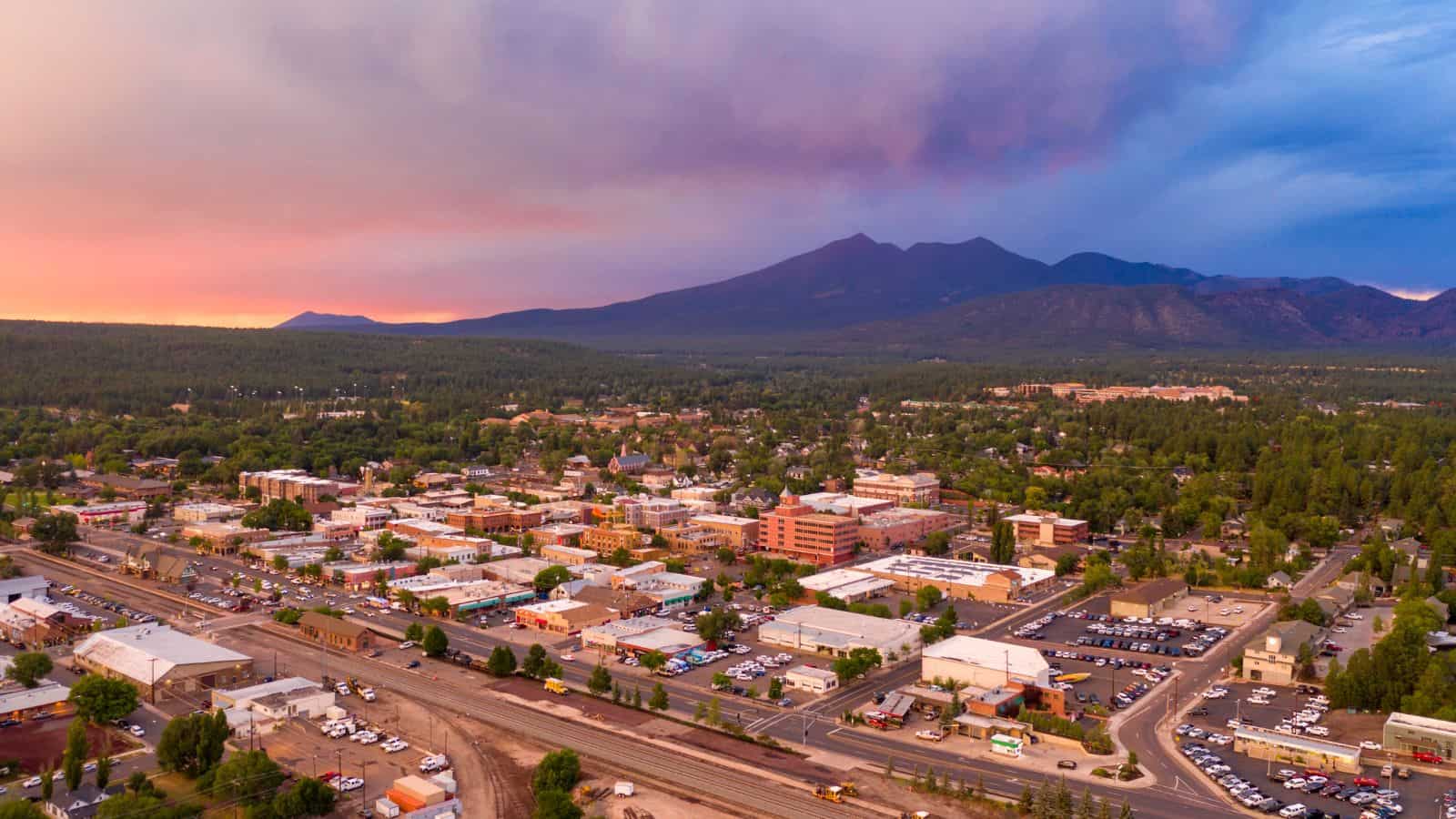
At 7,000 feet in elevation, Flagstaff has a cooler climate and access to forested land in a state dominated by desert. It’s ringed by Ponderosa pines, volcanic soil, and natural water sources. Residents are accustomed to short growing seasons, snow isolation, and living resourcefully. Large enough to keep some infrastructure yet far enough from Phoenix to avoid major urban disruption, Flagstaff strikes a balance between access and protection. It also attracts people invested in renewable energy, minimalism, and skills-based living—traits that strengthen the community in a societal breakdown.
North Cascades, Washington

The North Cascades are rugged, remote, and rich in resources—fast-moving rivers, dense forests, mountain game, and secure natural cover. Limited road access and steep terrain keep outsider traffic to a minimum, adding security by default. This is homesteader country, where foraging, hunting, and off-grid living remain common. Gravity-fed water systems, firewood heat, and cabins hidden deep in the woods are standard. In a collapse, those who already live by nature’s rhythms here would be far better positioned than those tied to suburban infrastructure.
Sandpoint, Idaho

Sandpoint, tucked in northern Idaho near Lake Pend Oreille and surrounded by the Selkirk Mountains, is the kind of place where survival comes naturally. It offers abundant freshwater, fertile soil for growing food, and dense forests for fuel and shelter. The town already has a strong local farming network and a population familiar with rural self-reliance. Its distance from major metro areas lowers the risk of big-city chaos spilling in. Many residents grow their own food or trade goods and services directly. With its mix of natural resources, self-sufficient culture, and tight-knit community, Sandpoint is built for long-term stability when outside systems fail.
Want to save this?
Ozark Mountains, Arkansas/Missouri

Spanning southern Missouri and northern Arkansas, the Ozark Mountains are a fortress of remote hills, caves, springs, and forest. This is a region where self-reliance isn’t a trend—it’s tradition. Bartering, farming, and hunting remain part of daily life, and water sources are plentiful. The rugged terrain makes access difficult for outsiders, adding natural security. The growing season supports year-round living with the right planning, and locals have the skills to repair, build, and feed themselves without depending on modern supply chains. If systems collapsed, the Ozarks’ isolation, resources, and deep-rooted know-how would make it one of the hardest places to disrupt.
Appalachian Mountains, West Virginia

The Appalachian Mountains in West Virginia are steep, forested, and naturally fortified. Generations of subsistence farmers and hunters here have passed down skills for living entirely off the land. Freshwater creeks, edible plants, and wildlife provide steady resources, while the rugged geography limits access from outsiders. Many families still keep gardens, livestock, and wood heat as part of daily life. In a breakdown scenario, survival here would rely on proven, centuries-old methods—whether tucked deep in a holler or perched high on a ridge—making modern conveniences optional rather than essential.
Driggs, Idaho
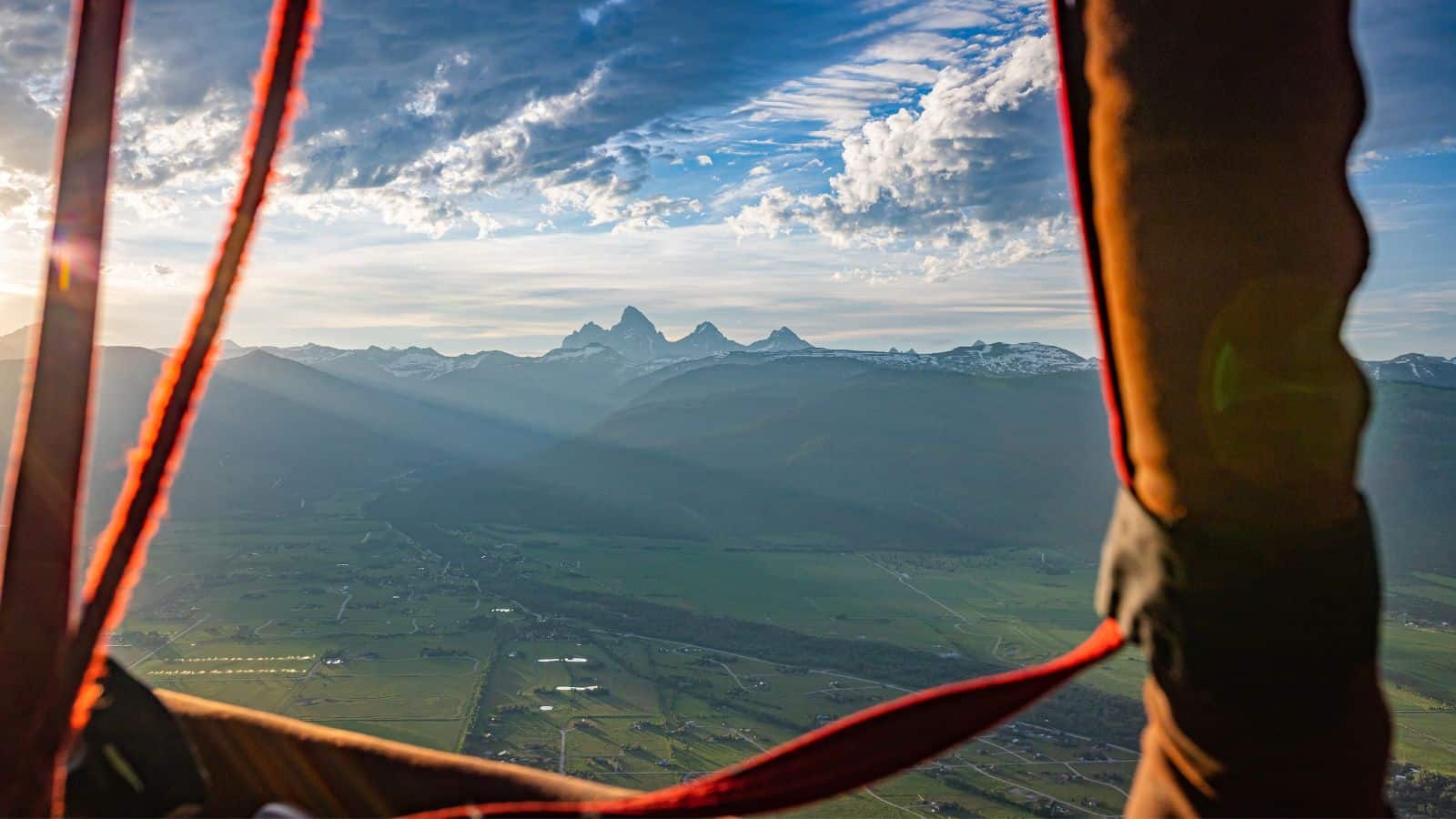
On the quiet western side of the Teton Mountains, Driggs is surrounded by fertile farmland and crisp mountain air. Agricultural roots run deep, with families raising livestock, growing vegetables, and storing food to last through hard winters. Forests and rivers nearby supply game and water, while the surrounding peaks offer a natural sense of security. The population is small but resourceful, valuing both independence and neighborly cooperation. In a crisis, Driggs is far enough from urban sprawl to stay calm, yet close enough to maintain limited trade or communication when necessary.
Taos, New Mexico
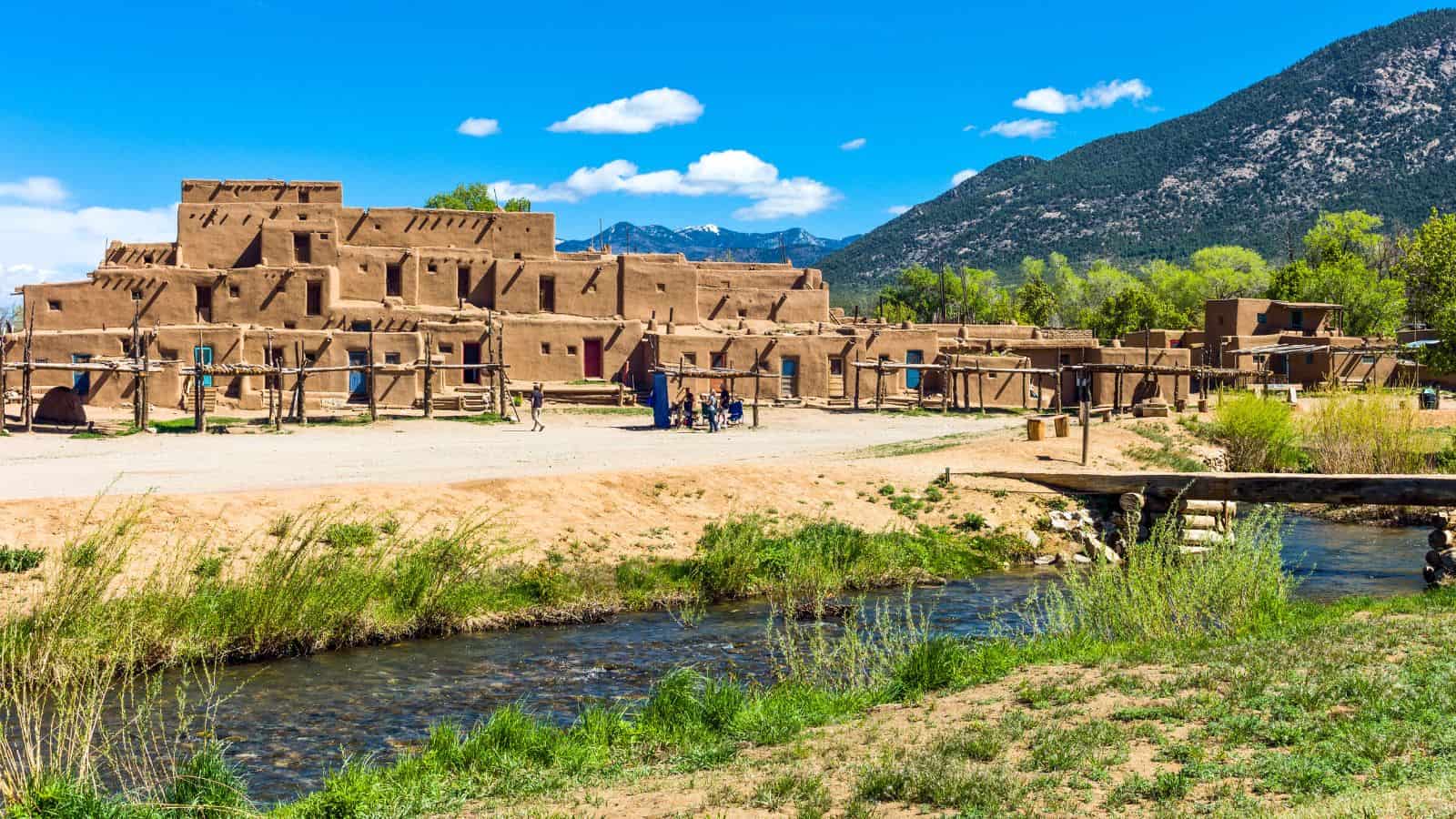
Taos has long attracted those who prefer self-sufficiency to dependence on the grid. Earthship homes, solar power, adobe construction, and water catchment systems aren’t novelties here—they’re everyday life. The high desert setting, with access to mountains, benefits from year-round sun for passive heating and energy generation. Locals include builders, artists, and long-term off-grid residents skilled in permaculture, raised-bed gardening, and water storage. If infrastructure failed, many Taos homes would continue operating much as they do now, thanks to the region’s built-in resilience and sustainable design.
11 US States Where Natural Disasters Are Surprisingly Rare

Natural disasters can strike unexpectedly, making safety a top priority for many people. There are 11 safest US states when it comes to natural disasters, providing more peace of mind for residents and visitors alike. These states have lower risks of hurricanes, earthquakes, floods, and other severe weather events, allowing for a more secure living environment.
Read More Here: 11 US States Where Natural Disasters Are Surprisingly Rare
10 Travel Trends That Do More Damage Than Good

Did you know that some travel trends are harmful? Popular travel habits can shape the way people explore the world, but there are 10 travel trends that do more damage than good. While some may seem appealing or convenient, they can negatively affect local communities, the environment, and even travelers. Understanding the impact of these trends is crucial for making informed decisions that promote responsible and sustainable travel.
Read More Here: 10 Travel Trends That Do More Damage Than Good




